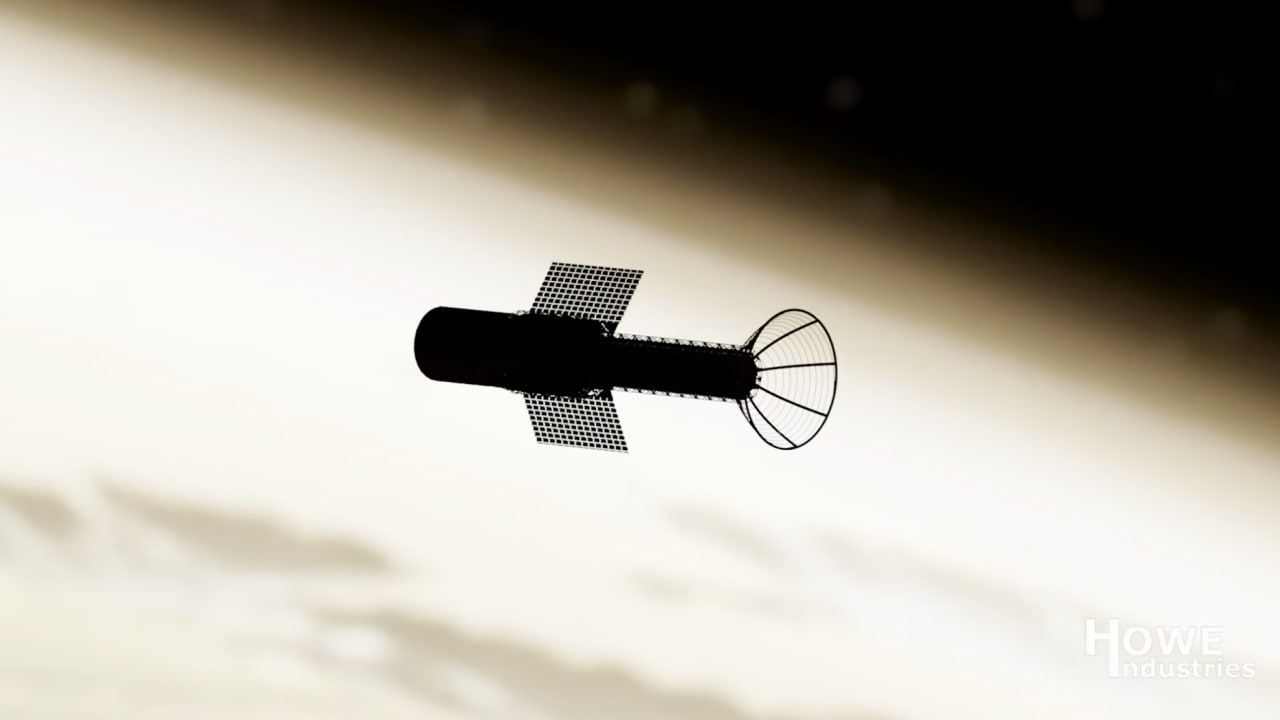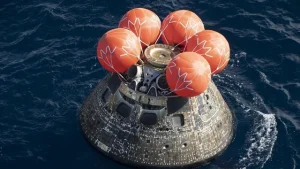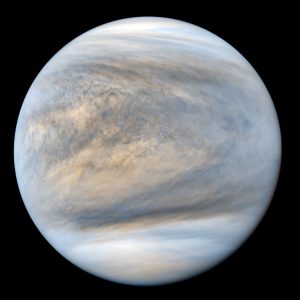NASA’s New Pulsed Plasma Rocket Will Deliver People to Mars Just In Two Months
9th May 2024
NASA, in collaboration with Howe Industries, is developing a new propulsion system for a new pulsed plasma rocket. This could allow crewed missions to Mars to reach the Red Planet in only two months instead of the current nine.
How Does NASA’s Pulsed Plasma Rocket Work?
NASA’s pulsed plasma rocket will achieve high speeds in less time by utilizing nuclear fission, where atoms split apart to release energy. This energy is used to create bursts of plasma for propulsion.
To push the rocket forward in space, the new propulsion system will create a controlled stream of plasma. With this system, the rocket could potentially produce up to 22,481 pounds of force (100,000 Newtons) in thrust, while achieving a specific impulse (Isp) of 5,000 seconds. This would result in remarkably efficient fuel usage!
Is NASA’s Pulsed Plasma Rocket Totally New Concept?
The idea of a pulsed plasma rocket isn’t entirely new. In 2018, NASA initiated development of its version, called Pulsed Fission-Fusion (PuFF). For thrust generation, PuFF is used on a z-Pinch device, commonly used in laboratories to compress plasmas rapidly.
NASA’s new pulsed plasma rocket is described as smaller, simpler, and more cost-effective compared to PuFF.
Pulsed Plasma Rocket As Part of NIAC Program
NASA’s pulsed plasma rocket development is a part of NASA’s Innovative Advanced Concepts (NIAC) program. Recently, the program has chosen six “promising” projects for further funding and development. These projects, or “science fiction-like concepts” due to John Nelson, NIAC program executive at NASA, also include a lunar railway system and fluid-based telescopes.
Shorter Space Trips Are Better For Astronauts
Currently, with commonly used propulsion systems, a journey to Mars takes about nine months. However, the less time humans spend in space travel, the better. Shorter durations of exposure to space radiation and microgravity could help reduce their potentially harmful effects on the astronauts’ bodies.
Other Benefits Of NASA’s Pulsed Plasma Rocket
Scientists promise that utilizing this rocket could revolutionize space travel by making the trip to Mars easier and less exhausting for humans. Additionally, NASA’s pulsed plasma rocket could carry heavier spacecraft, shielding the crew against cosmic rays.






Thank you for your comment! It will be visible on the site after moderation.